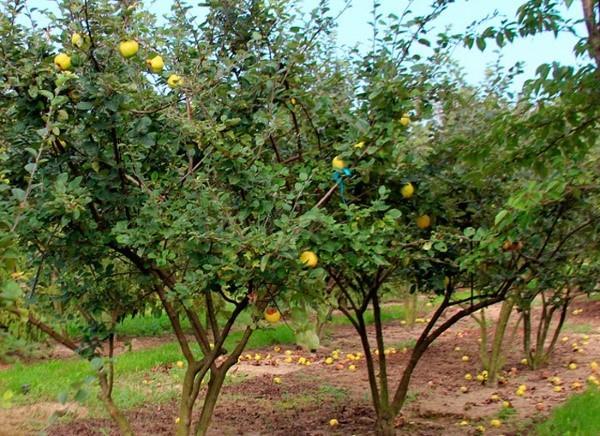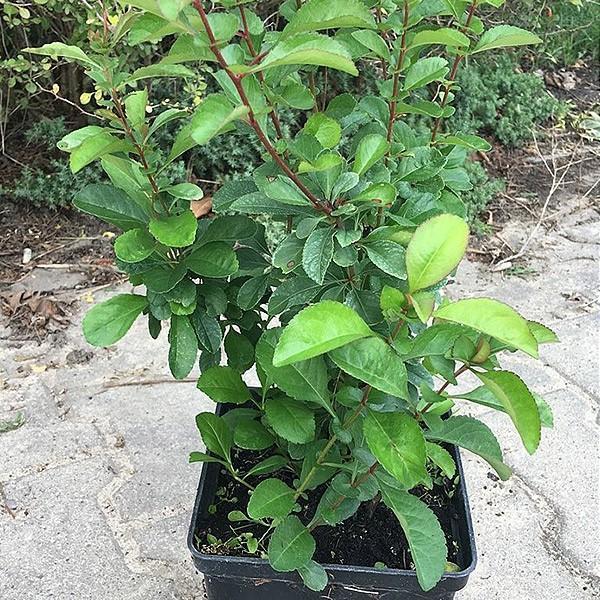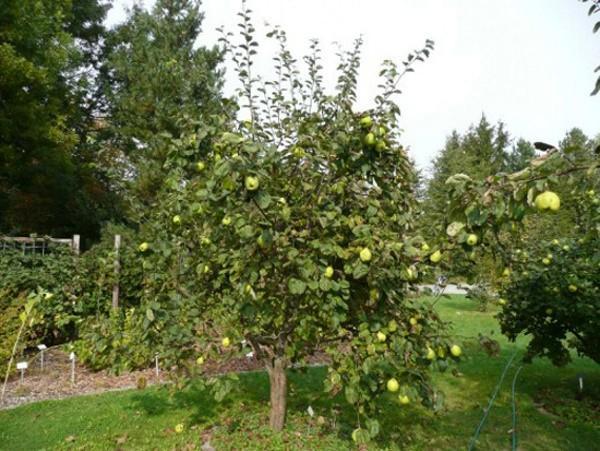Some features of planting and caring for quince in the garden
 The heat-loving quince, which came to us from the not very distant, but extremely different from our climate, the Caucasus, does not grow in every garden. For a culture to successfully take root, and even bear fruit, it needs not only special conditions, but also competent care. However, this work is quite justified, because as a result a tree grows with which the garden crops we are accustomed to cannot compare.
The heat-loving quince, which came to us from the not very distant, but extremely different from our climate, the Caucasus, does not grow in every garden. For a culture to successfully take root, and even bear fruit, it needs not only special conditions, but also competent care. However, this work is quite justified, because as a result a tree grows with which the garden crops we are accustomed to cannot compare.
Why? It's very simple: the tree has a compact size with a height of 3 to 5 m "convenient" for care with a dense spreading crown in the form of a hemisphere. In addition, quince blooms very beautifully: large white-pink inflorescences are densely strewn with branches, moreover, they bloom in mid-May, when everyone has long forgotten about return frosts, which means that fruiting is guaranteed. Well, and an additional bonus - the fruits themselves, large, round, rich yellow, sweet and sour taste with a piquant tart note.
It is possible to determine whether a quince will "live" on a plot without any devices by means of ordinary observation: if peach and apricot feel good in your garden, then the quince will be comfortable there, because it has about the same thermophilicity as these plants.
Landing features

The culture is not demanding on the soil and can take root almost everywhere. But in order for the fruits to be large, it is better to take care of feeding in advance, adding fertilizer even during planting and periodically feeding it in the future.
Quince begins to bear fruit quickly: a grafted seedling gives its first harvest in the third year.
Before planting, the seedling must be soaked in a growth stimulant solution. Prepare the planting hole in advance by choosing a sunny place and adding a fertile mixture. When planting several specimens, at least 5 m must be left between them.
Care features
 As already mentioned, the fruiting of quince depends on proper care. Particular attention should be paid to the following points:
As already mentioned, the fruiting of quince depends on proper care. Particular attention should be paid to the following points:
- Watering... Despite its drought resistance, quince is demanding for watering. It is better to water it rarely, but in large portions, so that the earthen lump gets wet all over. The larger the seedling (tree), the more water it needs. During the season, the tree must be "watered" at least 6 times.
- Barrel protection from frost breaks... Unlike most crops, quince has a dark bark, which makes it most vulnerable to the burning rays of the sun in early spring, when the ground has not yet thawed. To prevent damage, you need to wrap the skeletal branches with agrofibre bandages or whitewash them.
You can form a quince with a bush, but most often it is grown as a standard tree, regularly trimming and shaping the first 5 years of life. In the future, the tree does not need a shaping shearing, only sanitary pruning remains.